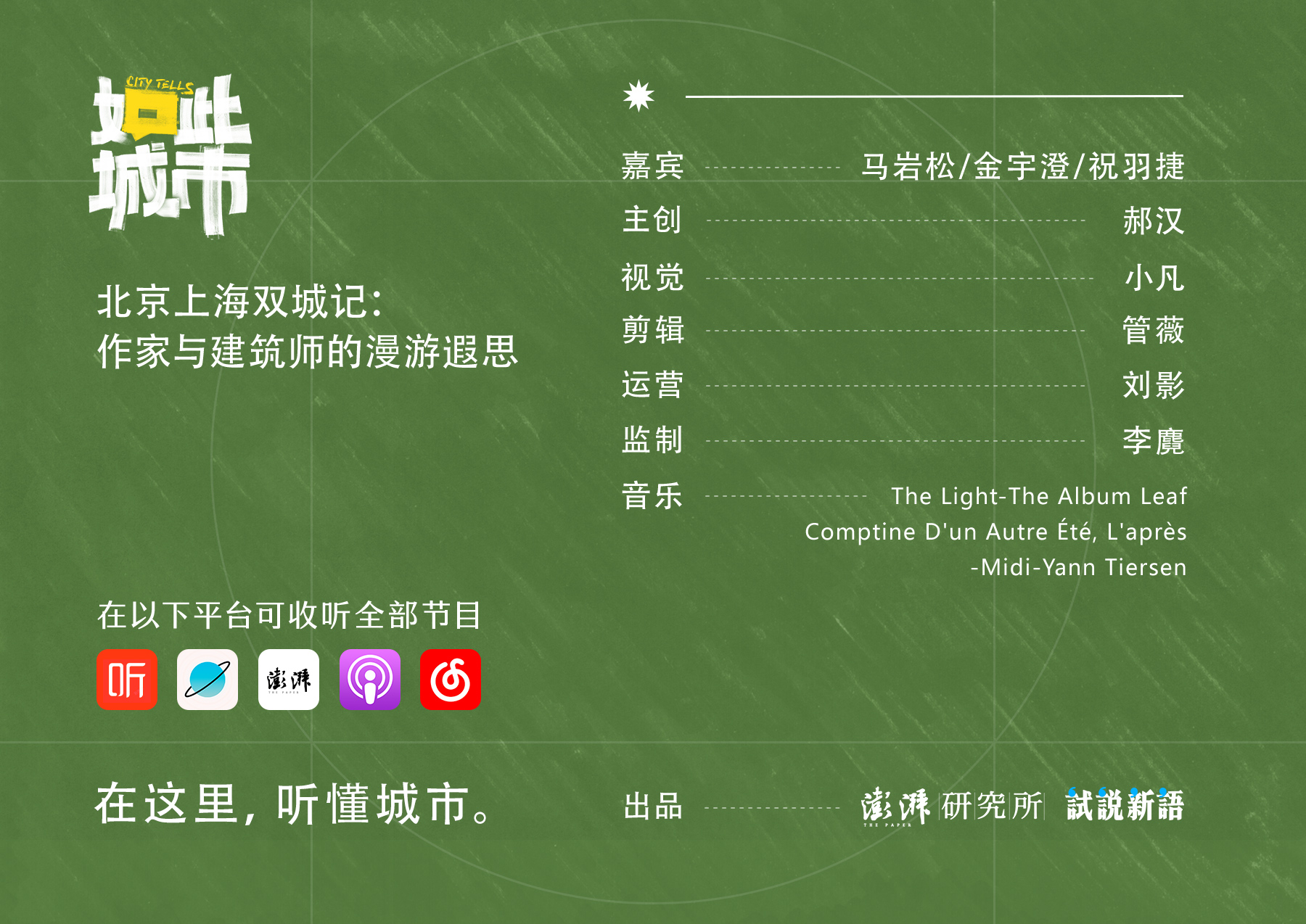
建筑师马岩松:旅行本应轻松,超级车站却让人心潮澎湃 | 北京上海双城记x金宇澄x祝羽捷

如此城市CityTells
Deep Dive
Why does architect Ma Yansong believe that architecture is a language of history and civilization?
Ma Yansong views architecture as a dialogue between history and civilization, creating a unique language. He emphasizes that when a city allows diverse and unique architectural expressions, these buildings become the city's charm, reflecting its culture and identity.
What childhood memory does Ma Yansong associate with Beijing's urban landscape?
Ma Yansong recalls Beijing as a 'giant playground' during his childhood, where he explored the city through its hutongs and courtyards. He describes the city as a mix of natural and urban elements, with places like Jingshan and Beihai parks offering a sense of freedom and adventure.
How does Ma Yansong view the relationship between modern cities and human experience?
Ma Yansong criticizes modern cities for being overly functional and dehumanizing, often prioritizing efficiency over human well-being. He believes that cities should balance urban and natural elements, fostering a more harmonious and meaningful human experience.
What is Jin Yucheng's perspective on Shanghai's architectural evolution?
Jin Yucheng observes that Shanghai's skyline has dramatically transformed since the 1990s, with new developments overshadowing older structures like Shikumen houses. He laments the loss of cultural and historical continuity, noting that these buildings once reflected the city's unique identity.
Why does Jin Yucheng consider Shikumen houses a significant cultural artifact?
Jin Yucheng sees Shikumen houses as a cultural bridge, bringing rural Chinese traditions into urban Shanghai. He explains that these houses, built by the gentry class during the Taiping Rebellion, represent a blend of Chinese and Western architectural styles, embodying a unique historical and cultural synthesis.
What is Ma Yansong's critique of contemporary Chinese architecture?
Ma Yansong criticizes contemporary Chinese architecture for lacking cultural depth and originality, often imitating Western styles without integrating traditional Chinese values. He advocates for a return to the principles of Chinese architecture, such as the relationship between humans and nature, to create more meaningful and authentic designs.
How does Jin Yucheng describe the social dynamics of Shikumen living?
Jin Yucheng highlights the communal nature of Shikumen living, where multiple families shared tight spaces, leading to a culture of mutual support and clear boundaries. He attributes the perceived 'petty' behavior of Shanghainese to the necessity of managing limited resources in such close quarters.
What is Ma Yansong's approach to designing public spaces like train stations?
Ma Yansong advocates for more human-centered designs in public spaces, such as train stations, which he believes should prioritize ease and comfort over grandiosity. He criticizes the current trend of creating overly large and impersonal spaces that alienate users.
Why does Jin Yucheng emphasize the importance of preserving historical buildings?
Jin Yucheng believes that preserving historical buildings is crucial for maintaining a city's cultural and emotional continuity. He argues that these structures hold collective memories and identities, which are lost when they are demolished or replaced.
What is Ma Yansong's vision for the future of urban design?
Ma Yansong envisions a future where urban design integrates natural and human elements more thoughtfully, moving away from the hyper-functional and impersonal models of modern cities. He emphasizes the need for spaces that foster human connection, creativity, and a sense of belonging.
- 建筑与文学的共通之处在于关乎人
- 马岩松从个人角度看待城市与建筑
- 金宇澄对建筑和文学的理解
Shownotes Transcript
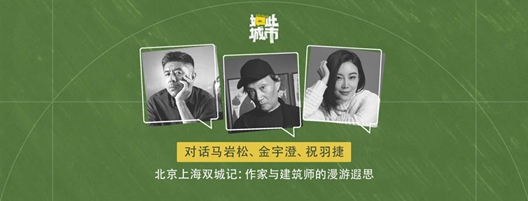 北京与上海,是中国最重要的两座城市。它们的故事是属于中国人的双城记。
北京与上海,是中国最重要的两座城市。它们的故事是属于中国人的双城记。
作家金宇澄,生于上海,经历浮沉,对海派文化有着深刻的理解,对“旧”情有独钟。他在《繁花》中表示,“文学和建筑学是相通的”——都是“人学”。
他遗憾,三十年前上海外滩江堤的情人墙如今已没了痕迹,“哪怕保留一小段都好”,人来到一座城市,最先映进眼帘的是这里的建筑、空间,其背后有着城市与人的故事、精神与记忆。
建筑师马岩松是老北京人,他同样感慨城市化带来的变化。“小时候,每次跟奶奶吵完架,我就会离家出走。出走的路线一般是从王府井大街先跑到长安街,随便上一辆公共汽车,顺着长安街往西坐几站,到西单下车,再走回我爸妈家。当时长安街只有这么一条公交线路,所以城市对我来说就是一条线,线的两个端点是藏在隐秘的胡同里、被叫作‘家’的小空间。”
马岩松记忆中,童年由景山、北海、胡同的北京城仿佛“游乐园”,“**建筑是历史与文明对话所产生的语言。**如果一座城市的文化可以允许独特而多样的建筑出现,那么这些建筑也就会成为这座城市的魅力所在。”
本期如此城市由祝羽捷担任嘉宾主播,联合上海图书馆,跟随金宇澄、马岩松,与建筑师、作家在城市中漫游遐思。
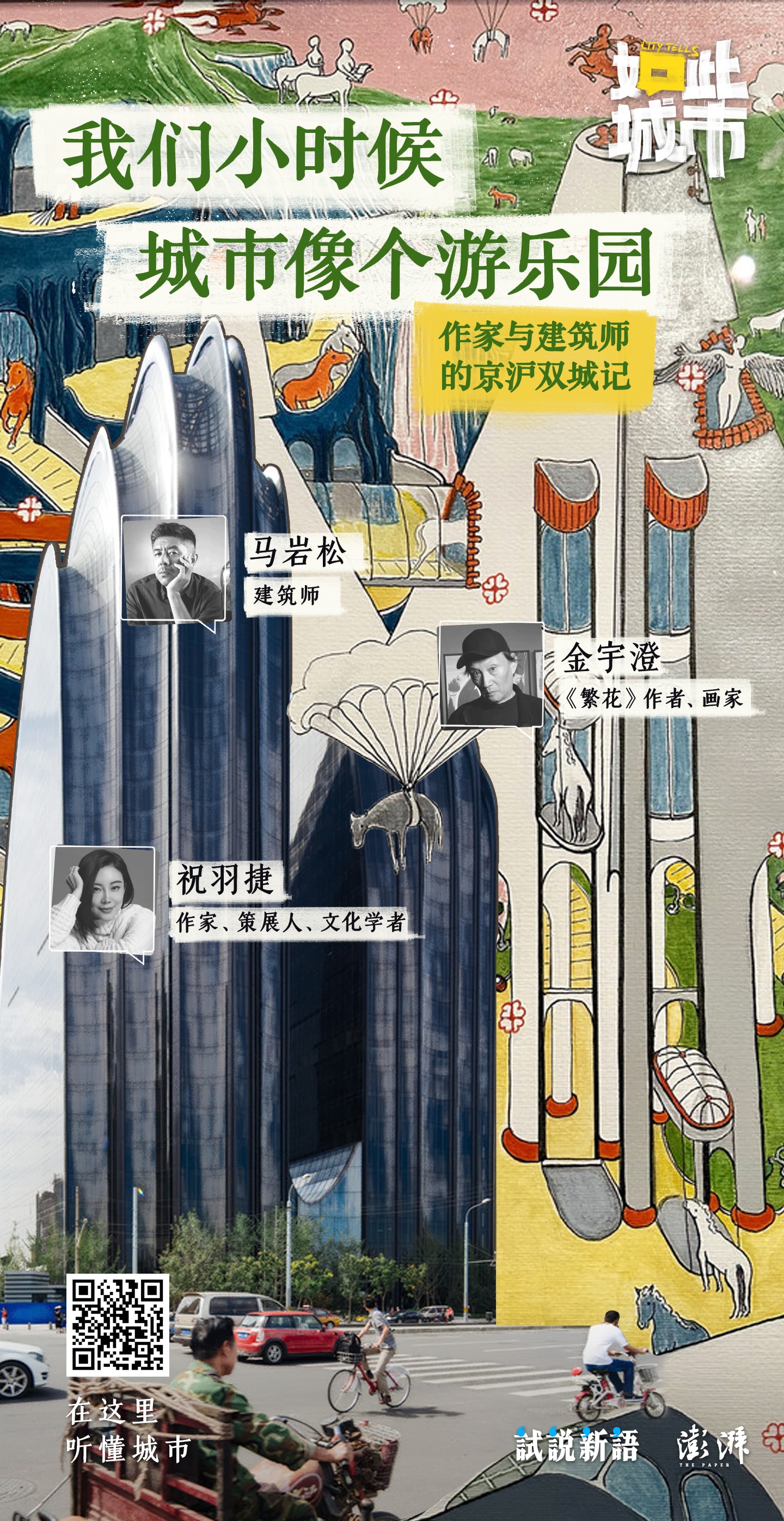
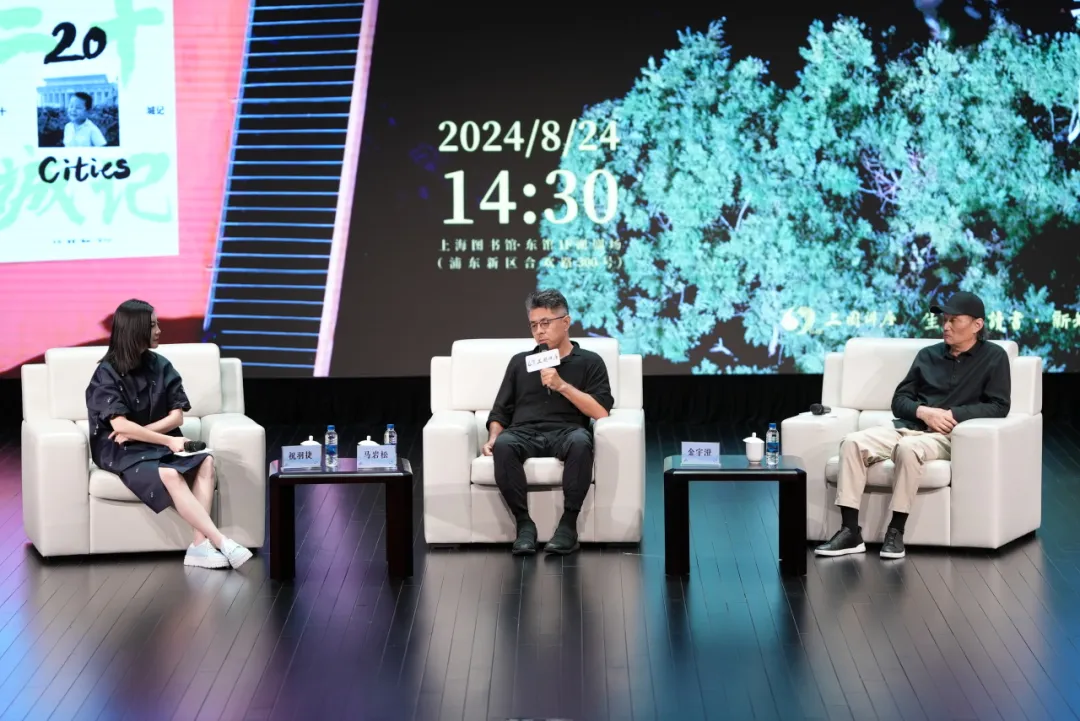 “从北京到上海:城市的漫游与哲思”对谈 ©上海图书馆东馆
“从北京到上海:城市的漫游与哲思”对谈 ©上海图书馆东馆
——本期嘉宾
马岩松,建筑师
 金宇澄,《繁花》作者、画家
金宇澄,《繁花》作者、画家
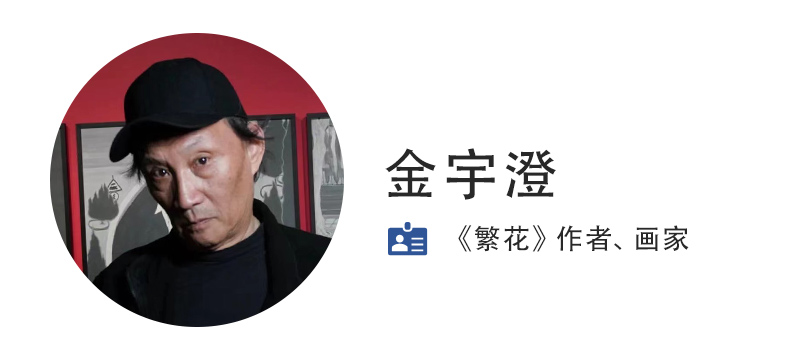 祝羽捷,作家、策展人、文化学者
祝羽捷,作家、策展人、文化学者
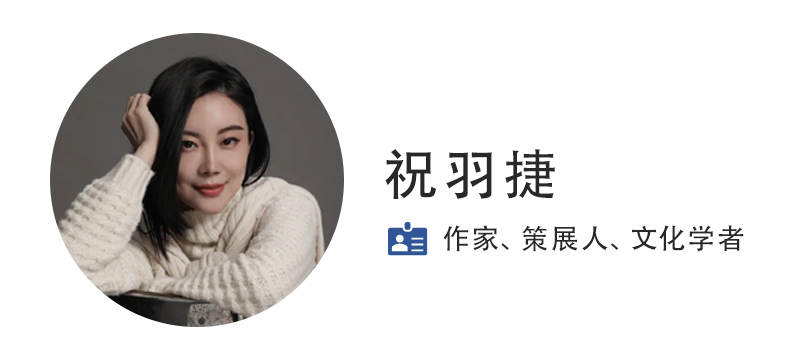 ——制作团队
——制作团队
澎湃新闻·城市智库·研究所
